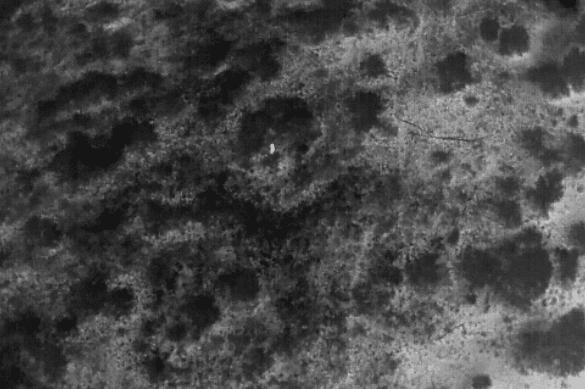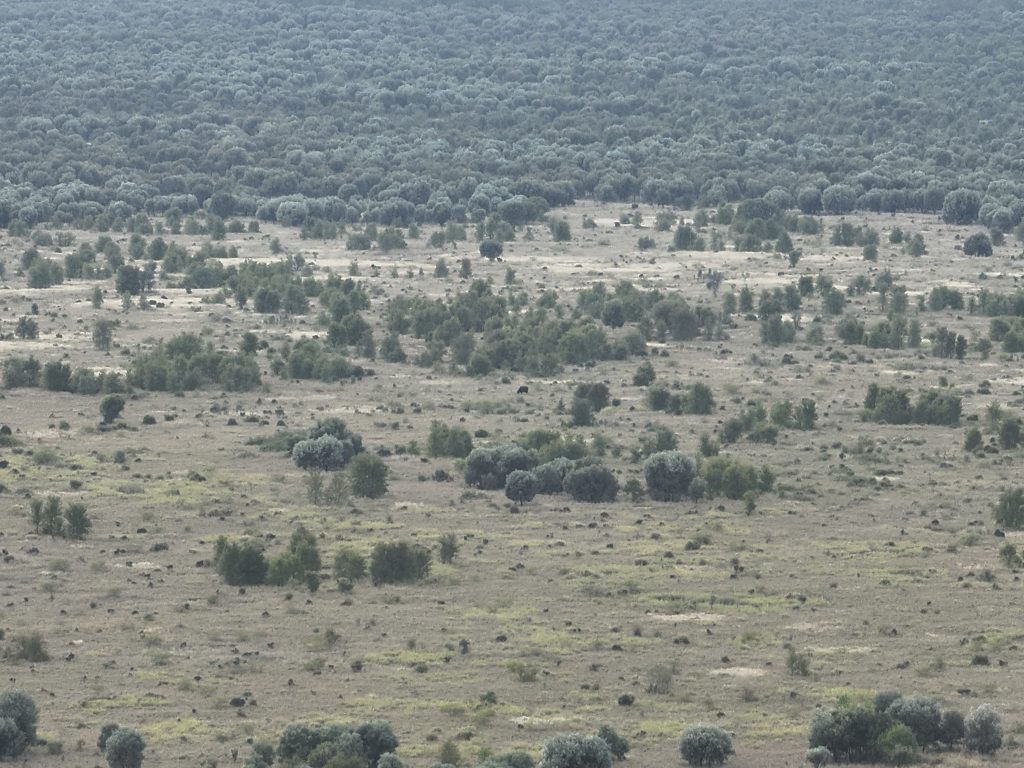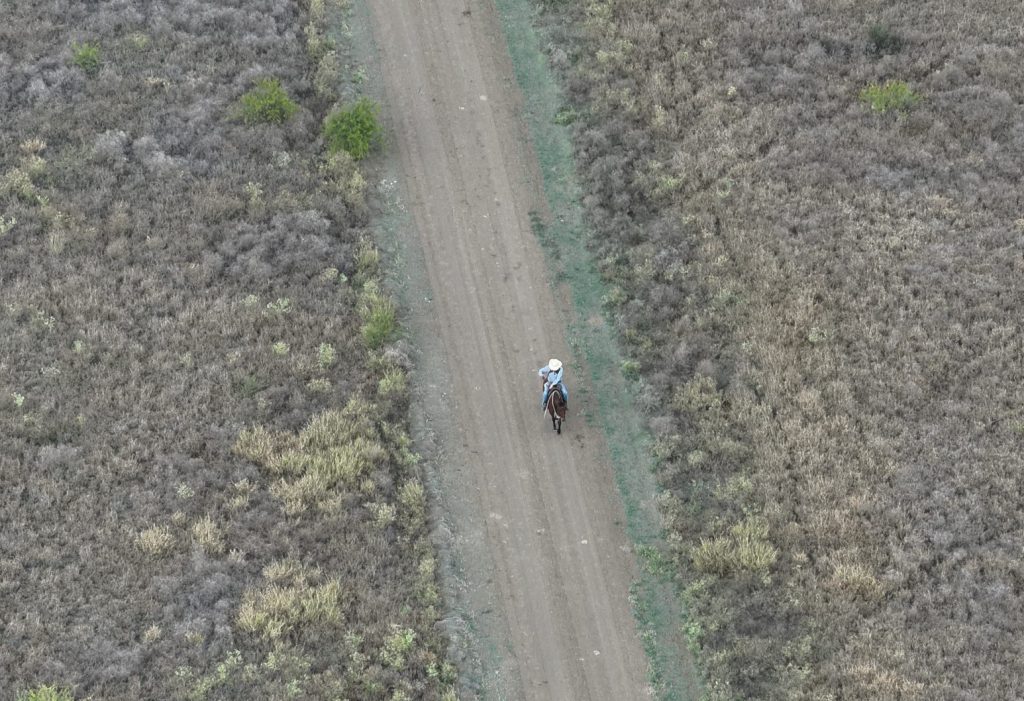Revolutionizing Cattle Mustering: The Use of Thermal Imaging Drones in Queensland

An animal (white in image) caught by the thermal imaging technology.
In a groundbreaking initiative, thermal imaging drones have been employed for the first time to muster elusive cattle at Australian Country Choice’s Moray Downs station, located near Clermont in Central Queensland. Over four nights, this innovative technologie successfully outsmarted both bulls and cows concealed in thick brigalow regrowth across the 122,000ha property.

Mavic 3 Enterprise drone like that used in the Moray Downs muster
The drones located the cattle by detecting their body heat, as illustrated in the thermal imaging above. Communication between drone operator Jamie Warren and stockhands on the ground facilitated the mustering process. Mr. Warren remarked that each muster involved about 35 minutes of aerial reconnaissance using the Mavic 3 Enterprise drone, which boasts a range of 3km from its starting point.
Anthony Lee, the CEO of Australian Country Choice, hailed this endeavor as a significant technological advancement. “This exciting use of technology not only ensures efficient musters but also enhances safety outcomes. We are now regularly utilizing drones across multiple properties,” he stated.
During this successful operation, approximately 20 animals were located in the dense underbrush, contributing to the successful gathering of 11,500 weaners, cows, and bulls—most of which were destined for various ACC properties including Barkly Downs, Babbiloora, and Tungamah.

The brigalow regrowth country where the elusive cattle were hiding.
According to property manager Alistair Potts, the cattle—a mix of black bulls and Brahman-cross—had adapted well to evading traditional methods of mustering, such as heli-mustering, in the towering vegetation. “They’re hard to see,” he stated. “Especially the black bulls; they learn quickly. They know to stop in the shade and remain still when a chopper flies by.” The cattle’s proximity to a mine site also made them relatively desensitized to noise, which further aided their evasion tactics.
While utilizing drones, strategic maneuvering was critical: “With those old bulls, you only get one chance or you lose them—they learn quickly,” Mr. Potts explained. He was impressed by the drone’s remarkable range and sensitivity, capable of detecting animals from 120 meters above ground. “The reach is significantly greater than I initially anticipated,” he added.
Mr. Potts emphasized the cost benefits of using drones over helicopters. “For about $500 an hour in chopper costs, you’d be hard-pressed to find those bulls without the drone. The thermal drone allows us to muster cattle during the night, letting our horses retrieve them in the daylight, ultimately reducing stress on both animals and staff,” he remarked.

Stockhands (pictured) were directed to the cattle by the drone operator using two-way radio.
This pioneering method of cattle mustering signifies a shift towards more efficient, safe, and cost-effective practices in livestock management—an innovative approach that could reshape the future of farming in Australia and beyond.
This article is structured for readability and clarity, integrating relevant images and captions while maintaining a formal tone suitable for publication. The use of HTML tags ensures it is ready for seamless integration into WordPress.



